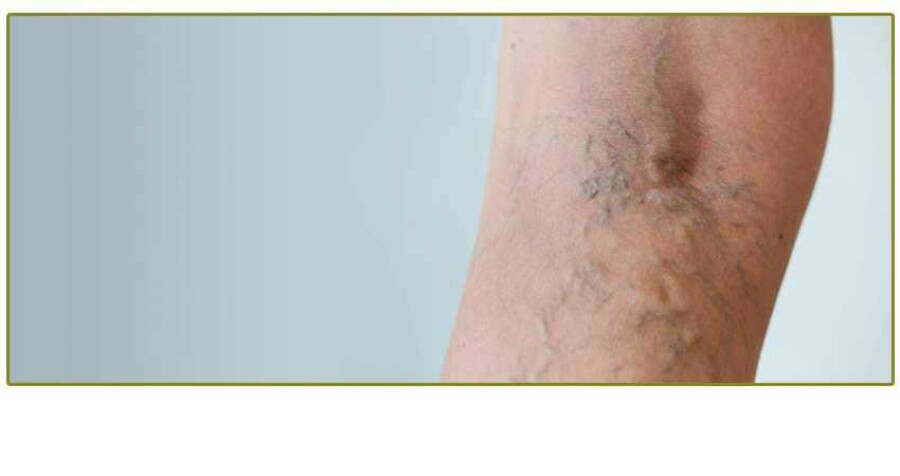Top 10 Myths Regarding “Vein Disease”

1. Vein treatments are for cosmetic concerns only.
Often thought as a cosmetic nuisance, varicose veins represent an underlying venous disease that can lead to chronic pain, swelling and skin ulcerations.
2. “My parents and grandparents suffered, so it’s my fate to suffer also.”
Nowadays there exists office based, minimally invasive, safe and effective treatments available.
3. Insurance does not cover vein treatment.
Because varicose veins and chronic venous disease can lead to more serious and expensive medical conditions, most insurance plans will cover treatment.
4. Spider veins are benign.
They can be an indicator that there is underlying venous disease. Many times the changes you see on the surface are just the “tip of the iceberg,” and a more thorough evaluation should be completed to determine the extent of the disease.
5. You need a vascular surgeon to treat vein disease.
Vein stripping is now considered an outdated treatment option for treatment of chronic venous disease. Current treatment involves minimally invasive ultrasound-guided catheter based procedures. A working knowledge of bedside sonography and ultrasound guided venous access skills are paramount.
6. Compression stockings cure vein disease.
Although compression stockings that provide graduated compression from the ankle up to the knee or thigh help to reduce pain and swelling, they only help to manage symptoms and do not provide a cure.
7. Women should wait after child-bearing years before seeking treatment.
With treatments being 98% successful, the new paradigm ought to be that obstetric physicians send their patients for venous insufficiency evaluation prior to their getting pregnant. This would prevent them from having the pain and discomfort so often associated with varicose veins during pregnancy.
8. Ulcers only need wound care.
Venous skin ulcers are slow to heal and often come back if you don't take steps to prevent them. Treating the underlying vein disease has proven to increase ulcer healing rates and decrease recurrence rates.
9. Men do not get varicose veins.
It is reported that 42% of men will suffer with CVI by the time they reach their 60s. Though men are less likely to seek varicose vein treatment, they are at risk for more severe venous diseases if they ignore the symptoms.
10. Varicose veins always reoccur.
The recurrence of varicose veins after treatment is a myth born from the prior inadequate care. Treatment methods in the past, while done with best intentions, actually caused recurrence of varicose veins. Once veins are successfully treated by a qualified physician, the recurrence rates should be below 5%.